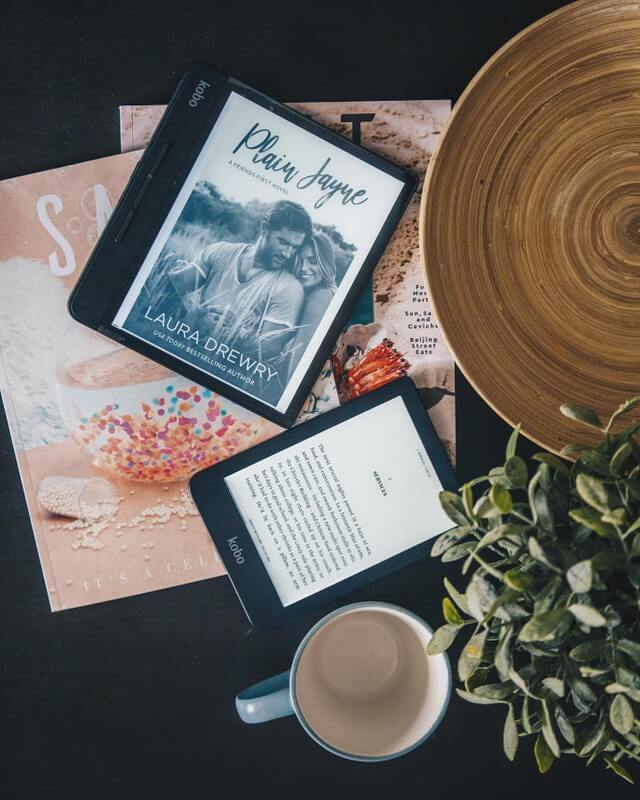
The 2010s will go down in the annals of history as the decade when everyone thought ebooks would kill print, but it never came to pass. Digital sales have stabilized and major publishers generate 20% of their quarterly revenue from ebook sales, audiobooks are on the rise, but represent a drop in the bucket when it comes to hardcover and paperback sales. What happened?
When the Amazon Kindle came out in 2007, it represented a paradigm shift in the way we consume ebooks. It was the first e-reader that had a bookstore, where people could buy books. It was such an instant success, that every year, Amazon has released at least one or two new devices. This caught the attention of Barnes and Noble, the largest bookseller in the USA to jump into the fray with the Nook and Canadian based Kobo.
From around 2010 to 2013, ebook sales were crazy. Amazon was making billions of dollars with their Kindle and ebook sales, and the other vendors were equally finding massive success. This was primarily due to the low cost, since ebooks abided by the wholesale model, so Amazon could buy them from the publisher and then sell them at a loss in order to spur Kindle adoption and everything was fine in the world.
This rankled the feathers of the publishers, but they were seeing so much revenue, that they did not care very much. This all changed when Apple wanted to get into selling books and colluded with publishers to develop a uniform pricing model, where each bookstore would have the exact same price.
The collusion resulted in a huge lawsuit filed by the Department of Justice in 2012 against Apple — newly entered into the ebook market with the advent of the iPad — and five of what was then the Big Six publishing houses. The Department of Justice accused Apple and the publishers of colluding to fix ebook prices against Amazon, and although the DOJ won its case in court, the pricing model that Apple and the publishers created together would continue to dominate the industry, creating unintended ripple effects.
The case of US v. Apple encapsulates the dysfunction of the last decade of publishing. It’s a story about what we’re willing to pay for books — and about an industry that is growing ever more consolidated, with fewer and fewer companies taking up more and more market share.
Apple inevertantly allowed the publishers to adopt the agency model, where they would determine the price for an ebook and retailers had to charge that exact price and could not discount them anymore. Almost overnight ebooks went from $9.99 for a bestseller to double. This resulted in a decline of ebook sales for the next 6 years, every publisher recorded severe decreases in sales and it only recently started to stabilize in 2019.
As for the future of books, all formats will continue to be in demand, according to Jacks Thomas, director of The London Book Fair. “People always need knowledge and people always need stories, so from that point of view, the very core of the book industry I am sure is very strong. I’ll be really interested to see what the classroom of the future is because I think that will dictate a huge amount as to how future generations will engage with the written word … Or will it be the spoken word, but it will still be stories and it will still be knowledge, those aspects of books will still need to be curated. So, I think that the book, in whatever format, has a strong future,”
Michael Kozlowski is the editor-in-chief at Good e-Reader and has written about audiobooks and e-readers for the past fifteen years. Newspapers and websites such as the CBC, CNET, Engadget, Huffington Post and the New York Times have picked up his articles. He Lives in Vancouver, British Columbia, Canada.
